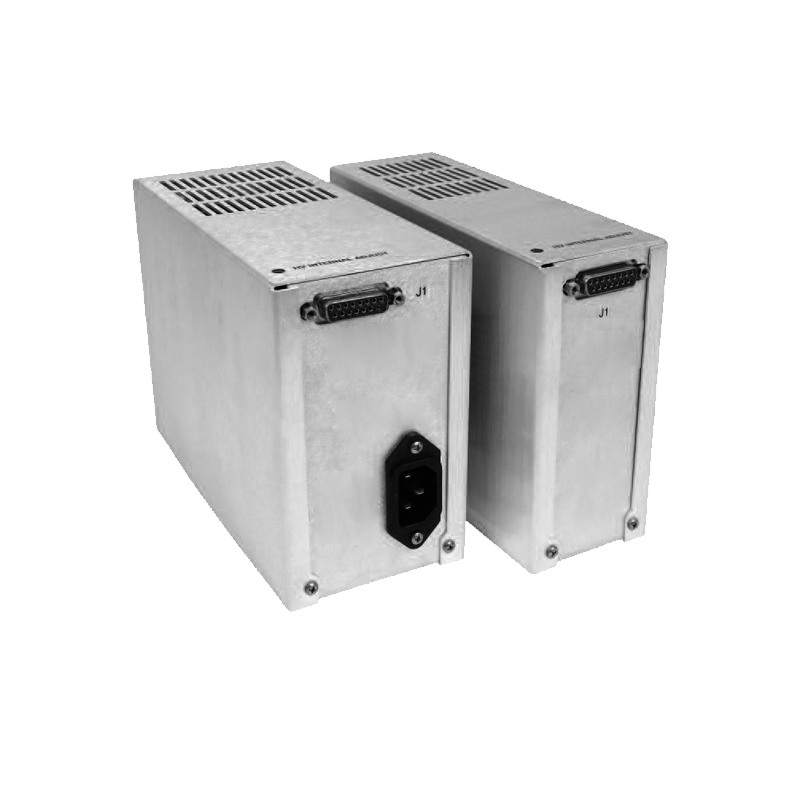Analysis of Energy Loss in 160kV High-Voltage Power Supplies
In high-voltage power supply systems, 160kV high-voltage power supplies play a crucial role in fields such as particle accelerators, X-ray tube excitation, and high-voltage testing, thanks to their high-voltage output characteristics. However, the complex physical phenomena and circuit characteristics associated with high voltages make energy loss a key factor affecting the efficiency and economic viability of these power supplies. A thorough analysis of the energy loss mechanisms in 160kV high-voltage power supplies is of great significance for optimizing power supply performance and reducing operating costs.
Firstly, power device losses constitute a significant portion of the energy losses in 160kV high-voltage power supplies. In the rectification and inversion stages of high-voltage power supplies, power semiconductor devices such as diodes, thyristors, and IGBTs generate conduction losses and switching losses during the on and off processes. Given the high operating voltage and large current of 160kV high-voltage power supplies, the energy losses caused by the conduction voltage drop and switching time of these devices cannot be ignored. For example, during high-voltage rectification, the reverse recovery characteristics of diodes lead to additional current spikes, increasing switching losses. When IGBT devices operate at high frequencies, the energy consumption of their gate drive circuits also increases significantly with the rise in frequency.
Secondly, transformer losses have a notable impact on the energy efficiency of 160kV high-voltage power supplies. As the core component for voltage conversion, transformers exhibit hysteresis losses and eddy current losses. Hysteresis losses are related to the area of the magnetic hysteresis loop of the core material. The core is repeatedly magnetized and demagnetized in an alternating magnetic field, consuming energy that is converted into heat. Eddy current losses, on the other hand, are generated by induced currents in the core and are closely related to factors such as the resistivity and thickness of the core. For 160kV high-voltage power supplies, to meet the high-voltage output requirements, transformers typically adopt a multi-stage step-up structure, which further exacerbates hysteresis and eddy current losses. Meanwhile, the copper losses in the transformer windings, that is, the Joule heat generated by the current passing through the winding resistance, also increase with the increase in voltage level and transmitted current.
Furthermore, insulation dielectric losses are a unique source of energy loss in 160kV high-voltage power supplies. Due to the high operating voltage of 160kV, the insulating materials in the high-voltage power supply are subjected to significant electric field stress. Under the action of the electric field, the insulating medium undergoes polarization, and the repeated polarization motion of the medium molecules consumes energy, which is converted into heat. In addition, when there are defects or moisture in the insulating medium, the leakage current increases, leading to additional energy losses. This type of loss not only affects the power supply efficiency but also reduces the insulation performance, posing a threat to the safe operation of the system.
To reduce the energy losses of 160kV high-voltage power supplies, various optimization measures can be adopted. In the selection of power devices, give priority to new devices with low on-resistance and fast switching speeds. Regarding transformer losses, use core materials with high magnetic permeability and low losses, and optimize the winding design to reduce copper losses. For insulation dielectric losses, strengthen insulation monitoring and maintenance, select insulating materials with excellent performance, and design the insulation structure reasonably.
In conclusion, the energy losses of 160kV high-voltage power supplies are the result of the combined action of multiple factors. Through in-depth analysis of the loss mechanisms and targeted optimization, the energy efficiency of high-voltage power supplies can be effectively improved, promoting the sustainable development of related application fields.




















